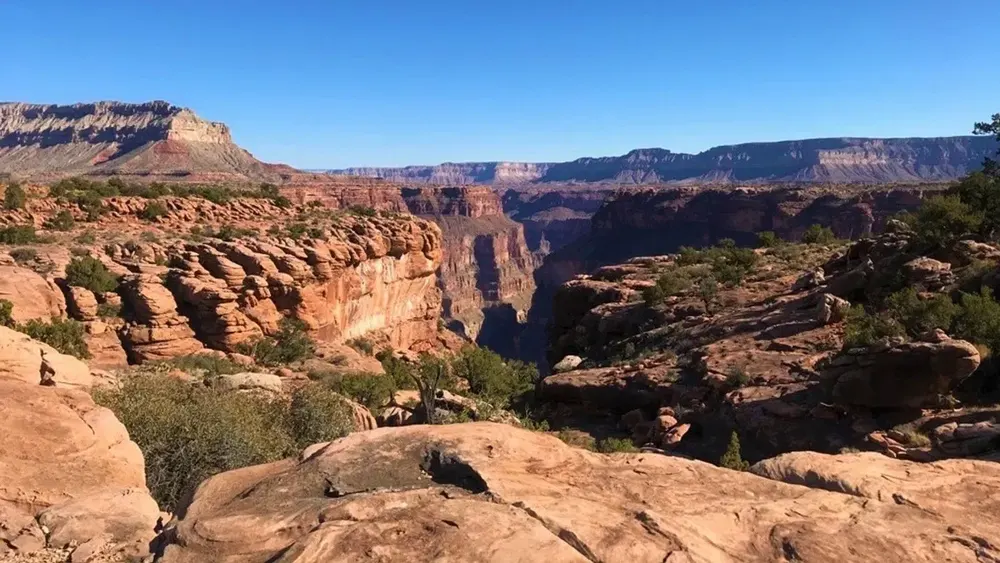Woman Collapses in Triple-Digit Heat at Grand Canyon
Could More Be Done to Prevent Heat-Related Deaths While Hiking in National Parks?
The recent death of a woman on an eight-mile hike in Grand Canyon National Park has raised concerns about the safety of hiking in extreme heat conditions. According to reports, the woman collapsed while hiking in triple-digit temperatures and was later pronounced dead.
The incident raises important questions about the measures that are in place to protect hikers from the risks of heat-related illnesses and the need for greater awareness of the dangers of hiking in extreme temperatures.
While hiking can be an enjoyable and rewarding activity, it can also be dangerous, particularly in extreme heat conditions. Hikers are advised to take precautions such as staying hydrated, wearing appropriate clothing, and taking breaks when necessary. However, it is clear that more needs to be done to prevent heat-related deaths while hiking in national parks.
The incident at Grand Canyon National Park highlights the need for greater education and awareness of the risks associated with hiking in extreme heat conditions. National parks should provide hikers with clear and concise information about the potential dangers of hiking in high temperatures, and provide them with the tools and resources necessary to stay safe.
In addition, national parks should consider implementing more stringent safety measures to protect hikers from the risks of extreme heat, such as providing cooling stations and increasing the availability of water and shade.
The incident also underscores the importance of emergency response protocols and the need for quick and effective action in the event of a heat-related emergency. Hikers should be made aware of the signs and symptoms of heat exhaustion and heat stroke, and park rangers and emergency responders should be well-equipped to provide assistance in the event of an emergency.
In conclusion, the death of a woman while hiking in extreme heat conditions at Grand Canyon National Park raises important questions about the safety of hiking in national parks and the need for greater awareness of the risks associated with extreme temperatures. The incident highlights the need for more education and resources for hikers, as well as more stringent safety measures and emergency response protocols in national parks. The question remains: could more be done to prevent heat-related deaths while hiking in national parks?
